Image Archive
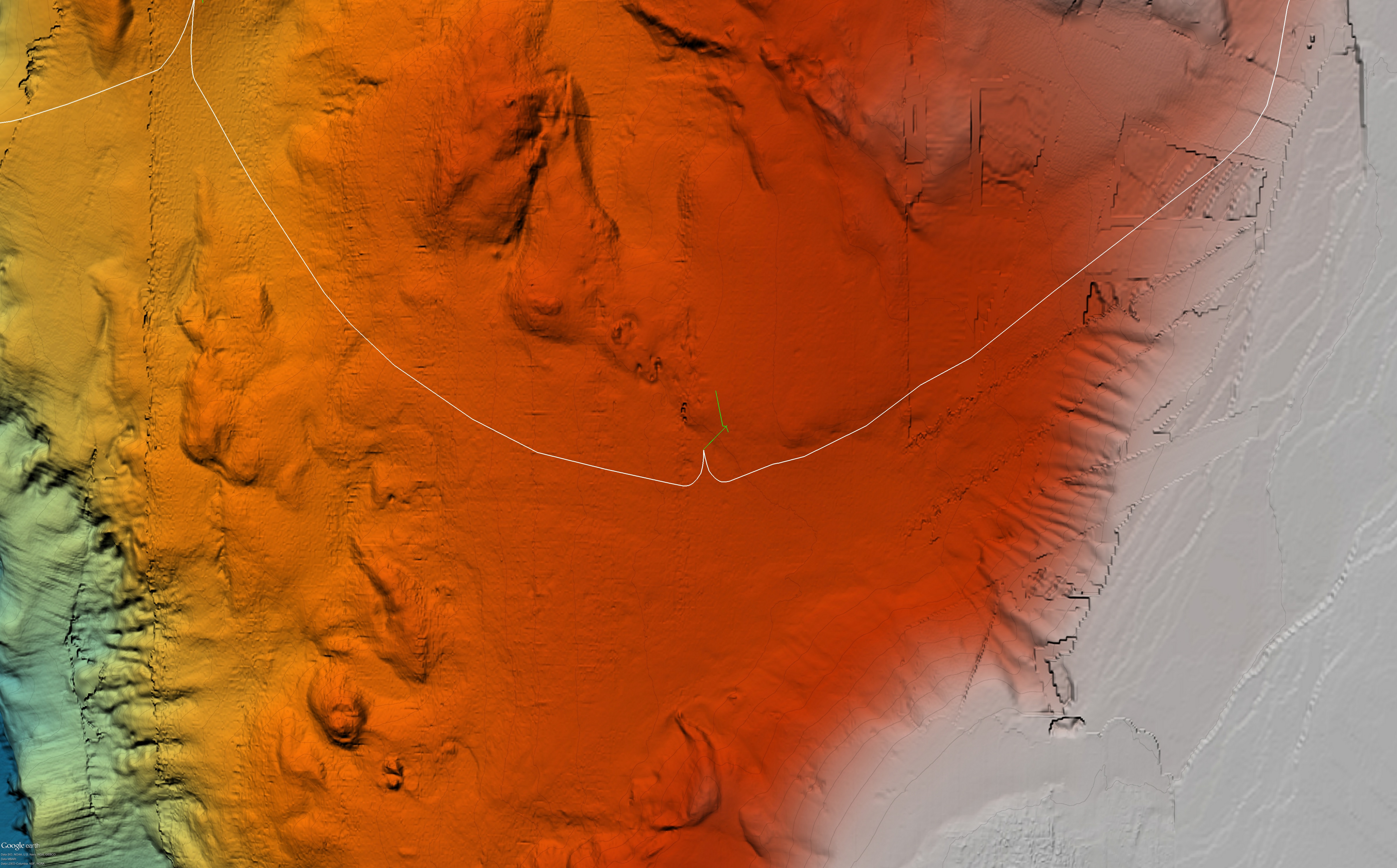





















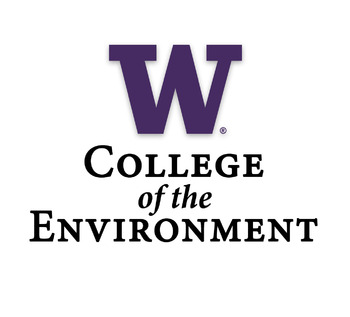

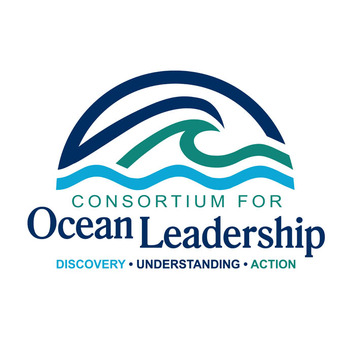
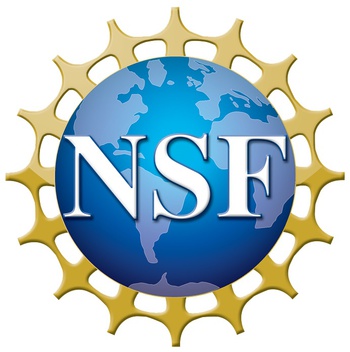

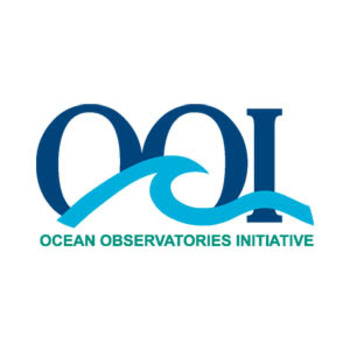

OR-Offshore

slope-base

ooi-rsn-logo

A good caption about the Central site will go here

Caption will go here!

A real caption will go here in the near future

A good caption will go here.

Axial-Caldera-International-District

Axial-Caldera-Eastern

Axial-Caldera-Central

Axial-Caldera-ASHES

Axial-base-basemap-sm

A variety of geophysical sensors are deployed at the base of Axial Seamount to monitor seismic events on the Juan de Fuca plate.

Axial Seamount is the most magmatically robust volcano on the Juan de Fuca Ridge spreading center. It hosts numerous active hydrothermal fields and abundant sites of diffuse flow.

screenshot2019-01-09at4.51.41pm

screenshot2019-01-09at4.40.25pm

screenshot2019-01-09at4.36.44pm

An overview sonar being installed at Southern Hydrate Ridge - the multibeam's "head" is in the down position, prior to completion of the installation. Credit: UW/NSF_OOI/MARUM, V19.

screenshot2019-01-09at4.00.12pm

visions-18-title-image

visions-18-title-image

interactive oceans logo symbol only_sm

coe-logo_bigger

l3-maripro_bigger

io-logos_0006_layer1_bigger-1

nsf1_bigger

io-logos_0006_layer1_bigger

ooilogocopy_bigger
- Anemone
- Animal
- Arthropod
- ASHES
- Axial
- Axial Base
- Axial Biology
- Axial Caldera
- Bacteria
- Basalt Lava
- BEP
- Biofouling
- biolgoy
- Biology
- Camds
- Camera
- Camhd
- Central Caldera
- Ciliates
- Cnidaria
- Coastal Biology
- Crab
- Deep Profiler Mooring
- Dive Highlights
- Eastern Caldera
- Echinoderms
- Endurance Array
- Engineering Team
- ENLIGHTEN 10
- Exploratorium
- Fish
- Geology
- HD Camera
- HPIES
- Hydrate Ridge
- Hydrates
- Hydrophone
- Hydrothermal Vents
- Illustration
- Inshore 80 Meters
- Instrument
- International District
- J-BOX
- Jason
- Jellyfish
- Junction Box
- K12
- Lava
- Mollusk
- Moorings
- Nodes
- Nudibranch
- Octopus
- OOI
- Oregon Offshore
- Oregon Offshore 600 m
- Oregon Shelf
- Oregon Slope Base
- People
- PN1B
- PN1D
- Polychaetes
- PPSDN
- Primary Node
- RASFL
- ROCLS
- ROPOS
- ROPOS Dives
- ROV Team
- RV Revelle
- RV Sikuliaq
- RV Thompson
- Salp
- Sample
- SC13
- Science Team
- Sea Cucumber
- Sea Star
- Sea Urchin
- Seafloor
- Seismometer
- Sensors
- Shallow Profiler Mooring
- Shark
- Shipboard
- Shore Station
- Slope Base
- Smoker
- Soft Coral
- Southern Hydrate Ridge
- Sponge
- Squid
- Students
- Students & Guest Participants
- Tmpsf
- Tubeworms
- VISIONS 11 Leg 1
- VISIONS 11 Leg 2
- VISIONS 11 Viewers
- VISIONS 13
- VISIONS 14
- VISIONS 15
- VISIONS 16
- VISIONS 17
- VISIONS 18
- VISIONS 20
- VISIONS 22
- VISIONS 23
- Visualization
